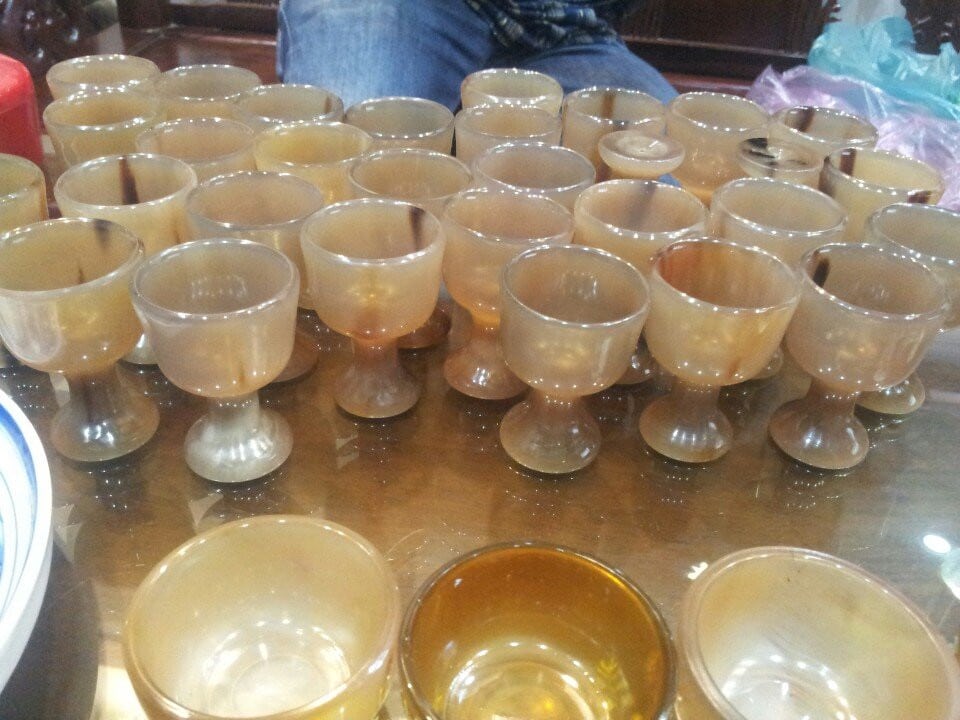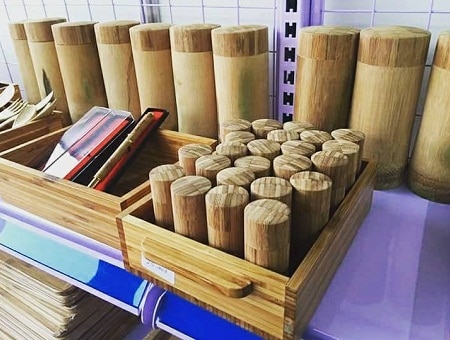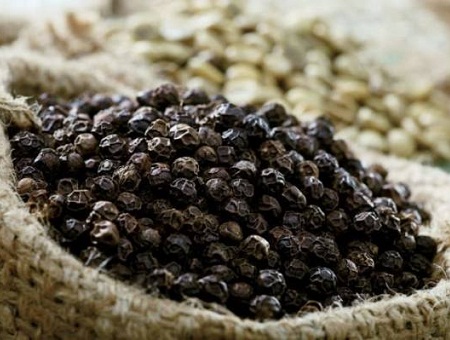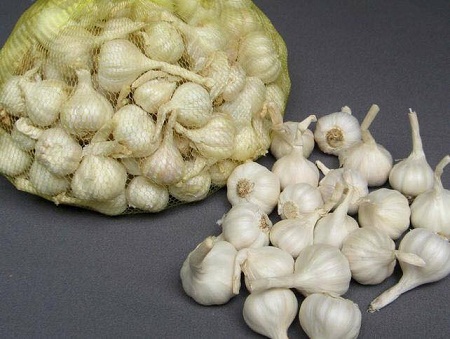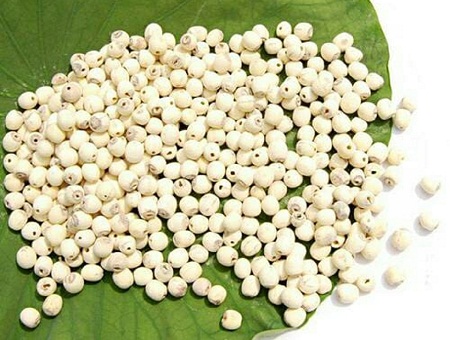Vietnamese Handicrafts – Trade promotion and our obligation
The Vietnamese arts and crafts sector still maintains its traditional values, which are highly appreciated by overseas markets. However, with the current trend of development, especially competition from developed countries, the industry needs to invest in technology, innovation, brand development and promotion. Trade promotion for sustainable development.
According to the Vietnam Village Association, there are 5,411 craft villages and handicraft villages, of which 1,864 craft villages, traditional craft villages and 115 traditional crafts have been recognized. This is a great advantage in the export of these handicrafts. However, according to some experts, many Vietnamese Handicrafts villages are either lost or have not kept their original brand names and stolen trademarks.
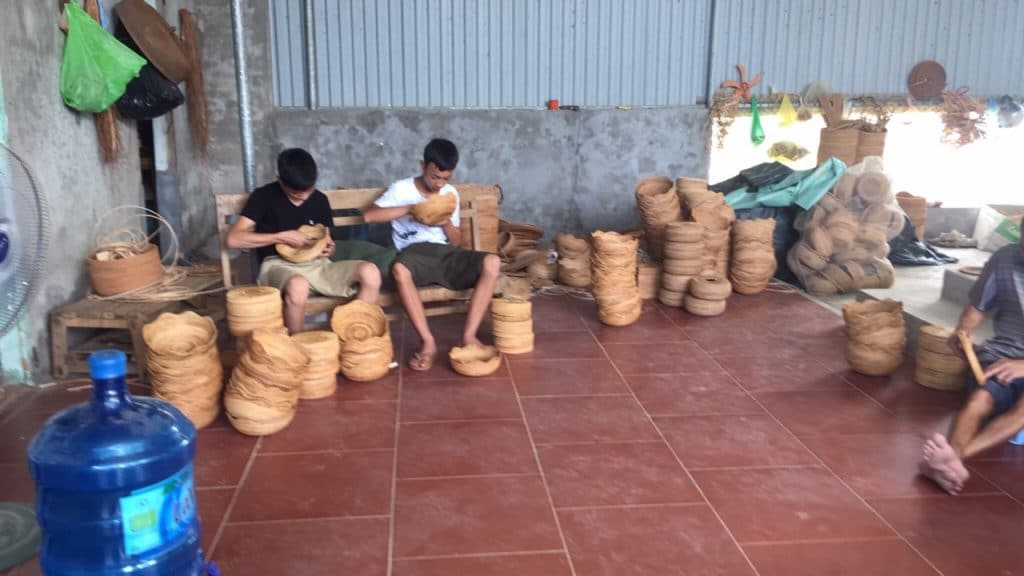
Vietnamese Handicrafts – promotion trade, In rattan Village Vietnam
In addition, weaknesses in awareness, branding awareness; linking production, brand promotion associated with trade promotion, tourism and protection of intellectual property … made the handicraft export is difficult.
In the year 2017, Vietnamese handicrafts are declining strongly in big markets such as USA, Europe, Japan … In emerging markets such as Thailand, Philippines, Indonesia, export volume Handicrafts are increasing by nearly 15%. This is a big challenge for managers and exporters of Vietnamese handicrafts.
Although at the end of the year, but according to the export of handicrafts, the orders did not have a sudden increase. According to preliminary statistics from the General Department of Vietnam Customs, by the end of November 2017, the export turnover of rattan, bamboo, sedge and carpets was US $ 25.3 million, US $ 242.9 million in the first 11 months of 2016, up 2.64% over the first 11 months of 2016.
In the export market of bamboo and rattan products in Vietnam, the US is the main market, accounting for 20.1% of total turnover, but compared with the same period in 2016, the turnover decreased 13.44%. The second largest market was Japan, up 23.05% to $ 47.9 million, followed by Germany with a decrease of 9.59% to $ 25.6 million. Generally for the first 11 months of 2017 export turnover to the markets have growth rate of 61.9% and the market with turnover decreased 38%.
It can be seen that Vietnam’s handicrafts export industry has not created much competitiveness compared to other countries such as China and other countries in the region. The reason is that enterprises are less invested in technology. In the past few years, Vietnamese handicrafts have decreased due to the lack of creativity.
Therefore, improving the product design is an urgent requirement to increase the competitiveness of Vietnamese handicrafts. In addition, trade promotion should be promoted to expand and seek markets, increasing opportunities for Vietnamese businesses to meet with foreign partners.
In the context of the economy of our country is integrating deeply with the international economy because a series of bilateral and multilateral trade agreements have been signed, the trade promotion will help businesses develop The business is sustainable and there are many conditions to expand the market, looking for orders.
Handicraft is an advantage of Vietnam because of abundant domestic materials, large labor force, cheap labor cost, traditional and long experience. But it will be difficult to “go to the sea”, if not participate in international fairs to learn, find information and strategic orientation for sustainable production. Therefore, this is an important channel to help businesses orient strategy, building investment plans for development.
However, the manufacturing enterprises in the craft villages are mainly small and even small, so in addition to the state budget support for booth rental, the remaining costs such as food, Transportation, transportation and transportation are all self-sufficient, which is also a big expense for businesses in craft villages, so many enterprises do not have enough conditions to participate in the program fair. , promotion.
The export handicraft sector will increase its competitiveness with the countries that need great change, improve the design and promote the promotion and development of trademarks, actively promote trade and search. and expand export market …
In addition, it is necessary to create “leading birds” in the industry with sufficient production capacity, high quality labor force, production of international standard products to help small and micro enterprises in The village developed together.
For the purpose of promoting the development of Handicrafts Vietnam, we established Vietnam Product Export with the purpose of bridging Vietnamese manufacturing establishments with commercial enterprises in the world. We hope to contribute to the economic development of Vietnam and create quality products for multinational clients.
Best regards.
Thank you.








